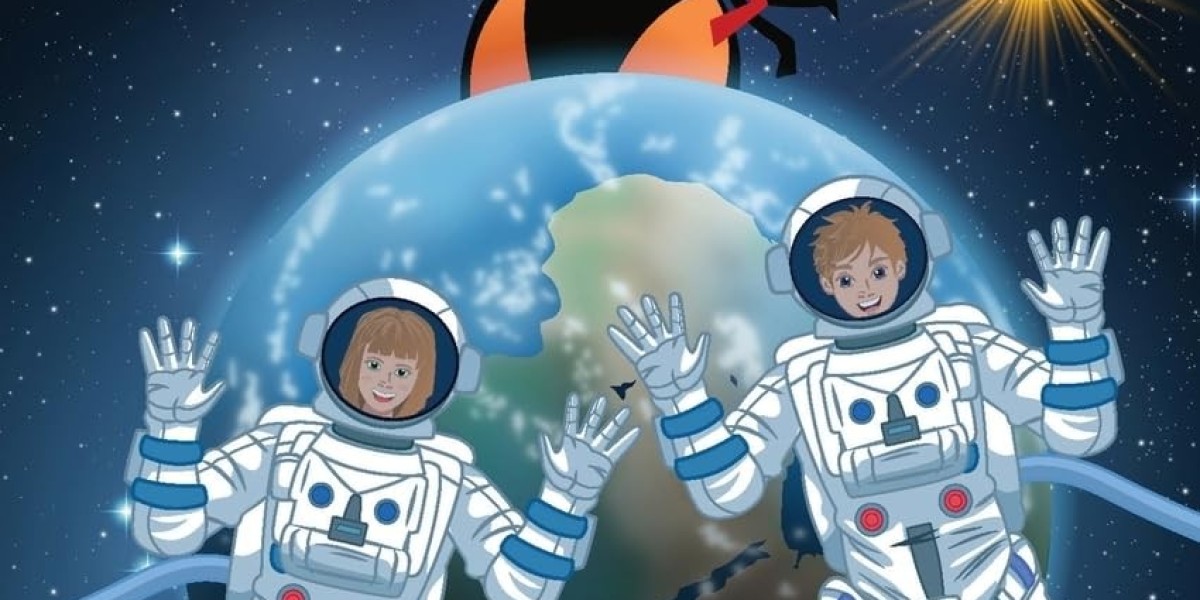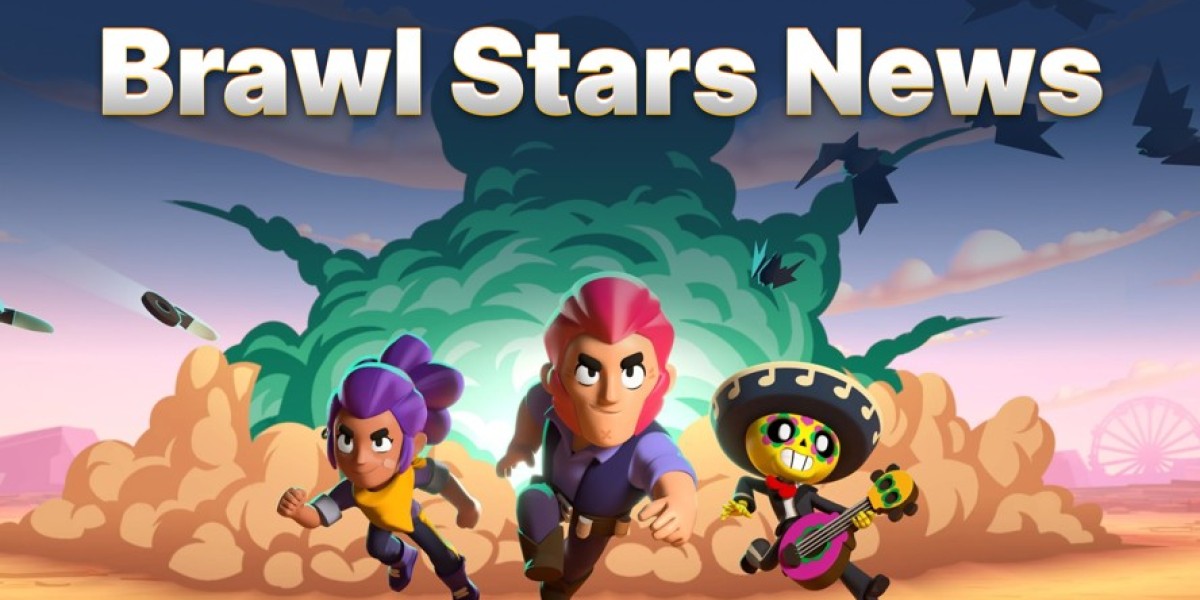There’s something magical about stories that transports us from our everyday lives to fantastical worlds.
But what if those journeys could also shape how we see the real world?
In “Planet Earth is Scorchio!,” the journey isn’t just about exploring space. Instead, it is a story about understanding our planet’s fragility and the urgent need to protect it.
The imaginative setting, quirky characters, and high-stakes adventure make pressing environmental issues like global warming and ozone depletion not only relatable but deeply personal for young readers.
“Planet Earth is Scorchio!” uses the fantastical to illuminate real-world problems in a way that’s engaging and accessible. The book’s setting—an interstellar mission to fix the ozone layer—is far removed from the everyday experience of most children. Yet, the narrative is anchored in real science and environmental facts, making it an effective tool for educating young readers.
By blending fiction with fact, the book turns a complex issue like ozone depletion into a tangible adventure that children can understand and connect with.
Take, for example, the moment when Katty and Jake first see the holes in the ozone layer. The Sun’s rays pierce through like bright beams of fire, making the Earth below look small and vulnerable. “It’s like Swiss cheese,” Jake murmurs, wide-eyed. “All these holes… why didn’t anyone fix it?” This visual metaphor transforms an abstract concept into a vivid image, one that sticks with readers long after they put the book down. It’s a perfect example of how fictional journeys can make real-world problems feel immediate and urgent.
Another reason why “Planet Earth is Scorchio” resonates so strongly is its use of characters to symbolize environmental threats. The pollutants—Germie, Toxie, and their gang—are personifications of real pollutants that harm our atmosphere. When Germie sobs that she was “belched out of a car exhaust and now has to poison the sky,” it’s not just a dramatic moment—it’s a way of making the invisible visible.
Similarly, the aliens Klipp and Klopp represent the outside perspective on human actions. Their bafflement and frustration reflect how absurd and self-destructive pollution appears when viewed objectively. “Why would they tear apart their own sky?” Klipp asks, shaking her head. This external perspective encourages readers to see pollution from a new angle, prompting them to question human behavior and recognize the need for change.
Ultimately, what makes “Planet Earth is Scorchio!” so effective is its ability to create emotional connections. When readers see Katty and Jake struggling to patch the holes in the ozone layer, hear Germie’s regretful cries, and feel the tension of the pollutants’ attacks, they’re not just learning about the environment—they’re feeling its fragility.
In this way, this fictional and fantasy story becomes a powerful tool for shaping real-world perspectives—transforming complex and often overwhelming issues and into stories that children can not only understand but also relate to and care about deeply.
“Planet Earth is Scorchio!” shows us that storytelling isn’t just about entertaining. Instead, it is about inspiring a new generation of changemakers who are ready to take action to protect their planet.



